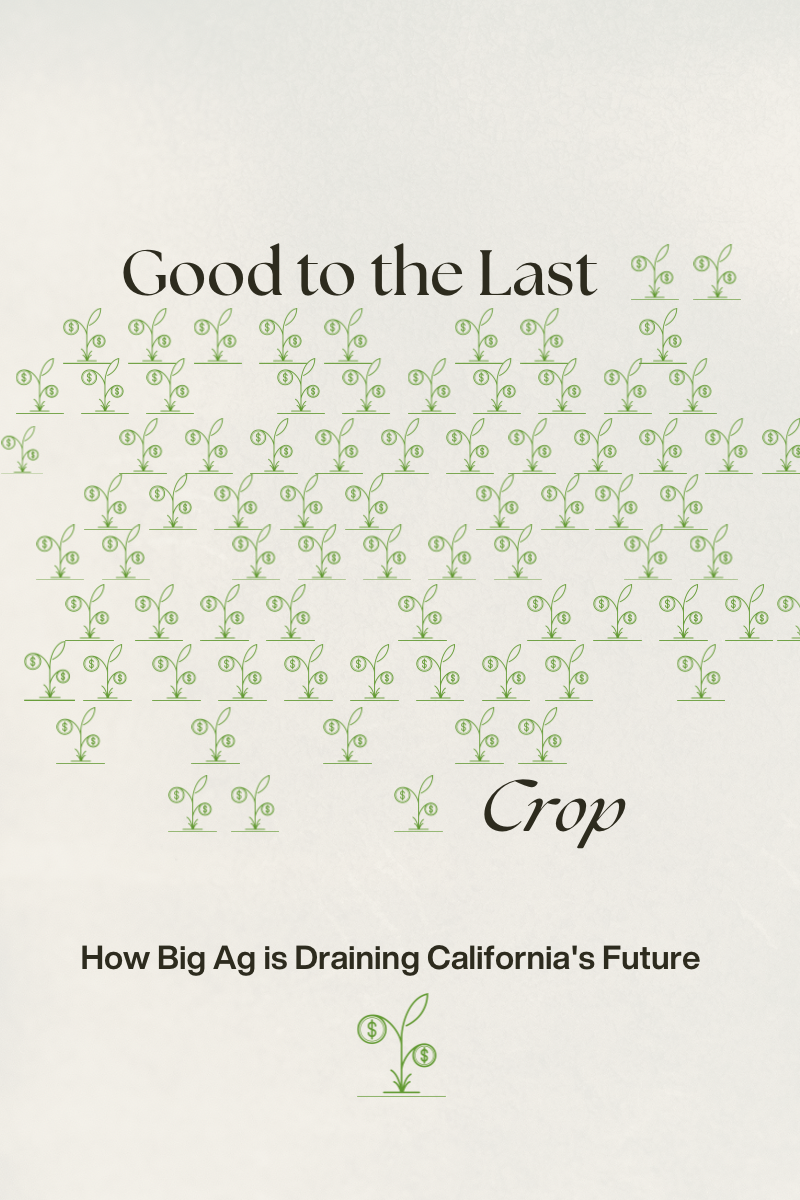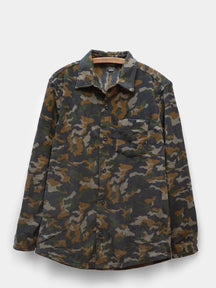
For many women and female-identifying folx, spending time outdoors is a powerful, grounding experience. It connects our bodies to the land around us, often helping us feel more at home in the space we take up. Moving outdoors brings fresh blood to our cheeks, air to our lungs, and memorable landscapes to view.
While on our adventures and explorations outside, though, something deeper often lurks in the backs of our minds. A general unease. That familiar pit in our stomachs. It is common to feel vulnerable in the wilderness, especially if you’re traveling alone, but it’s not due to fear of animals or the elements… we’re afraid of other people.
Many women have had experiences in the outdoors, and in general society, that made them feel uncomfortable. I am no stranger to this, and am sad it is such a common occurrence. I’ve watched with horror as it became more commonplace in my years spent guiding and working in outdoor education. Disrespect and discomfort directed onto women is common everywhere else in society, and it seems like nature should be a safe place where this pattern doesn’t continue. So why does it?

Despite efforts across the industry to address gender disparities, women represent less than half of outdoor participants (46%), even though over half of Americans are female (51%), (Outdoor Foundation). This inequality is due to innumerous barriers to women across the country, and very much correlated to negative interactions many females and non-binary folx face in nature. These negative interactions range anywhere from catcalling, to having someone’s very presence doubted, and go so far as to include threats of violence or assault. Micro- or macro-aggressions towards anyone in the outdoors is unacceptable, and organizations should be doing all they can to combat this.
An investigative report created by The U.S. Department of the Interior showed that women in the industry have been the victims of sexual misconduct for years. The report zeroed in on the Grand Canyon area in response to letters of complaint filed by 13 National Park Service employees who had experienced or witnessed “discrimination, retaliation, and a sexually hostile work environment”, (Blue Ridge Outdoors).
Since the release of that investigation, thousands of women from all facets of the outdoor industry have stepped forward to share their stories. In 2016, over 2,500 women responded to a harassment poll conducted by Runner’s World. The results showed 43% of women answering, “always/often/sometimes,” to the prompt, “How often, if ever, does a stranger whistle at you, comment on your body, needlessly honk at you, or give you other similar unsolicited sexual attention?”. A similar survey from REI found that nearly a third of their respondents have experienced sexual harassment or assault while climbing outside, (REI).
Outside Magazine also reported troubling statistics sent in by readers, learning that 53% of women who read their articles have been sexually harassed while recreating. Of that same group, 93% have been catcalled, 56% have been followed by someone, 18% have been flashed, and 4% have been physically attacked (Outside Magazine).
The statistics out there regarding assault and mistreatment in the outdoors are shocking. An estimated 91% of victims of rape and sexual assault are female, with those in marginalized groups experiencing these horrors at even higher rates (Supporting Survivors). The sad fact is that these issues have been happening for a long time, but have only gained traction and visibility in recent years with evolution of the #MeToo movement and positive support for speaking up.
While these statistics are awful and troubling, it is important to understand and track these numbers. With evidence and research into trends such as this, women across the industry are pushing back. They are taking control of their spaces and bodies in the outdoors, decidedly pushing away the fear of vulnerability we often face. Armed with statistics, and sometimes a hefty walking stick, women are taking to the trails with empowered information and awareness. They are demanding accountability from outdoor organizations like the ones listed above and in the places where we all recreate.
Women and non-binary folx deserve a chance to recreate without fear or hesitation in the outdoors. Nature should be a leveling place, where anyone can find respite and safety. The outdoor industry, and all of its organizations, has a lot to do to continue supporting diverse groups in nature, especially those in marginalized groups or people of color.

So what can we do to ensure a better experience outdoors?
We shouldn't have to change anything about what we do, it's everyone else and society that needs to change! I personally carry pepper spray like most women who hike alone, but it can be a multi-purpose tool and directed towards animals or humans that make me feel unsafe. Besides that, I share my location with friends and family on my phone and don’t engage with other hikers unless I feel like it. I never feel obliged to talk to men on the trail, and I certainly never tell them if I’m hiking or camping alone.
I support my friends in any way I can if they experience negative things outdoors, and I challenge and question everything in the outdoors involving men and where I work. With effort and engagement, equality in the outdoors will change for the better. I’m sure of it.
Being outdoors should feel like home to us, just like everyone else. We will sit on mountain tops, toes buried in wildflowers and grass, smiling at the views without hesitation or doubt. The joy of identifying as female and being a woman is natural out there… it’s called “Mother” Nature for a reason, isn’t it?
📝 📸 by Rowan Waller








